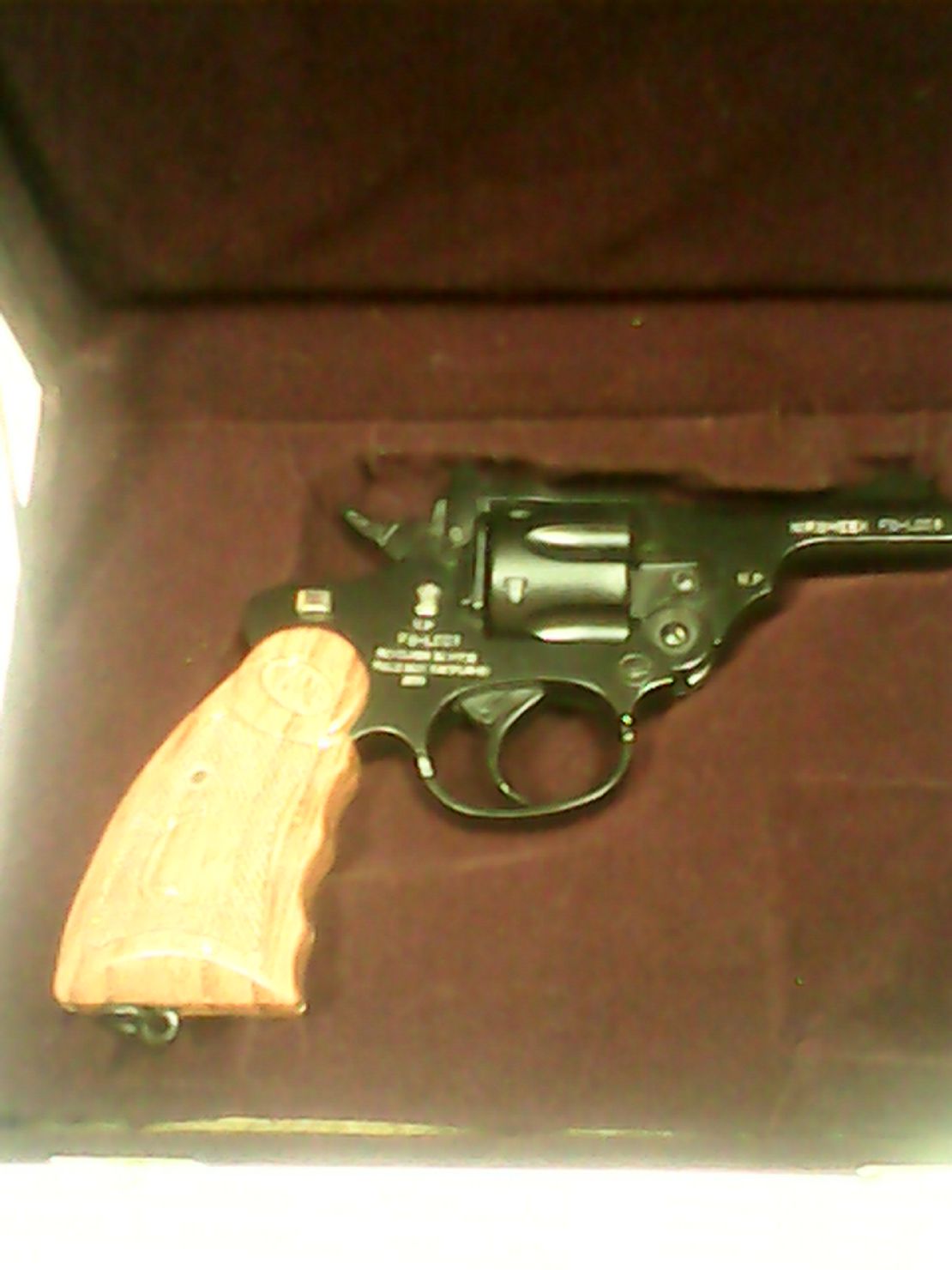Story highlights
New gun for women in India raises criticisms
Gun is named after gang rape victim, who has been called "Nirbhaya"
Gun control advocate calls gun "an insult" to women

A light-weight gun named after an Indian gang rape victim has triggered a wave of criticism from advocates who call it “abhorrent.”
Last week, an Indian state-run gunmaker introduced the .32-calibre revolver, made of titanium alloy, calling it a “valuable contribution to women’s security.”
The 500-gram firearm is called Nirbheek, meaning fearless in Hindi. The name was “inspired by Nirbhaya,” said Abdul Hamied, the general manager of the Indian Ordnance Field Gun Factory. Nirbhaya is the name given by the Indian media to the 23-year-old woman who was raped and beaten by several men aboard a public bus on December 16, 2012. She later died. The brutal attack provoked outrage across India and led to calls for improved safety and treatment of women.
Hamied said the project was conceived more than two years ago – before the bus rape happened.
“It can serve as a deterrence,” Hamied said. “There’s something you can do to prevent these attacks. You can also enthuse confidence among women.”
The lightness of the revolver makes it more suitable for women, he said, adding that he expected male buyers as well.
Since its introduction last week, the factory has sold just 10 of the Nirbheek weapons.
Wrong message
Binalakshmi Nepram, founder of the Control Arms Foundation of India, described the new gun as “an insult.”
“Women in India feel this gun is not going to help in security,” she said. “And we do not believe the gun is a solution to ending sexual violence.”
She added that it sent the wrong message. Rather than prioritizing security for women, “the government is introducing expensive weaponry to sit in handbags. It’s an abhorrence to women,” she said.
The gun costs 122,000 rupees, (around $2,000), putting it above India’s average annual per capita income, which is around $1,410.
When asked what kind of the clientele Hamied was looking for the new handgun, he conceded it was likely unaffordable for those outside middle and upper income groups.
“It’s not for poor women,” he said.
Owning guns
India also has strict controls on gun ownership, with licenses difficult to obtain.
“Gun licenses are given rarely – only to those with money and clout, and that means overwhelmingly men. Poor women in India are unlikely to have the means or the access to own a gun,” said Ruchira Gupta, a women’s rights activist who is founder of Apne Aap Women Worldwide.
Aside from the guns being out of reach for poor women, Gupta agreed it projected the wrong message.
“Nirbhaya was a victim of violence caused by a desire of six men to project their masculinity through domination. Ultimately we have to challenge the culture of domination and violence through nonviolence not through introducing more tools of violence,” she said.
So far, the gun factory in the northern Indian city of Kanpur has received 50 to 60 inquiries about the product, Hamied said. He didn’t have a breakdown of how many of the gun’s potential buyers were women.
Madison Park wrote and reported in Hong Kong. Harmeet Shah Singh reported in New Delhi.



